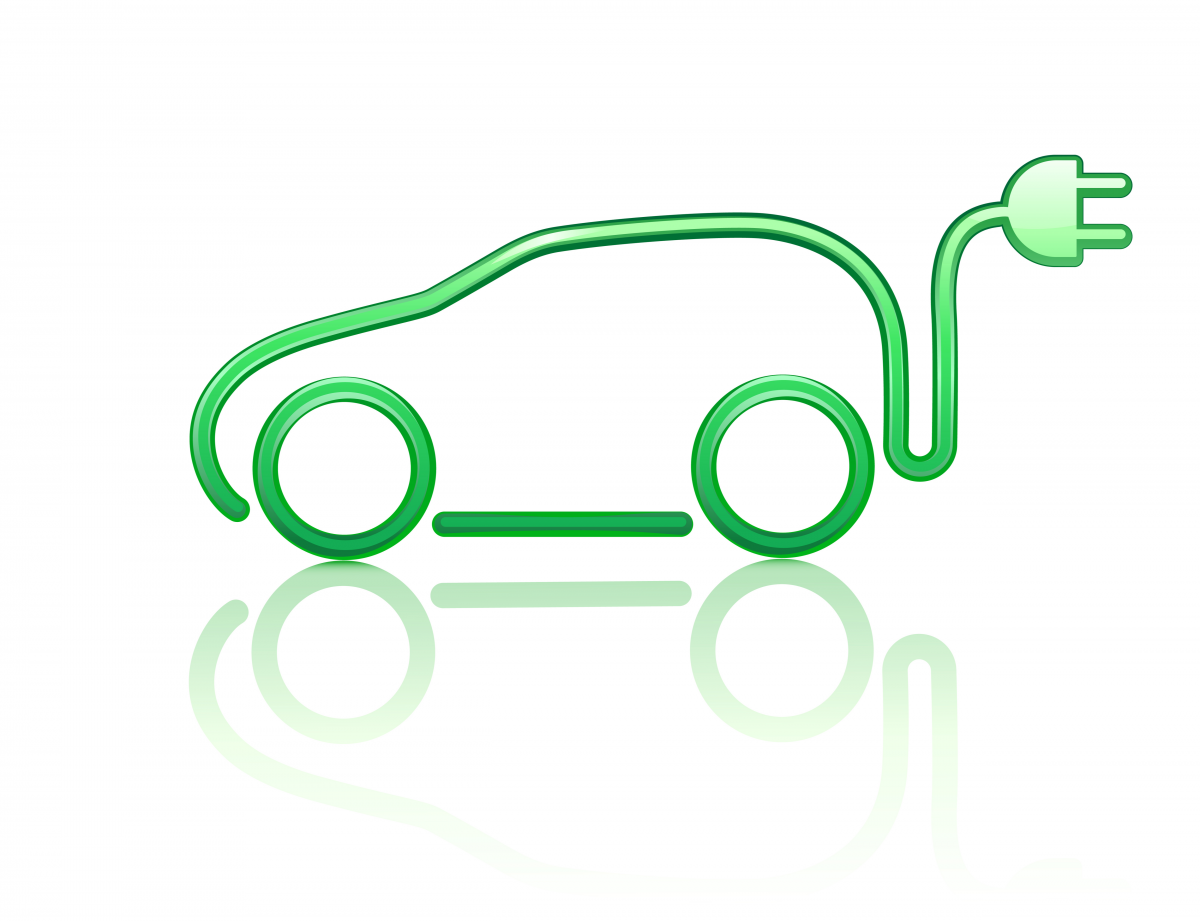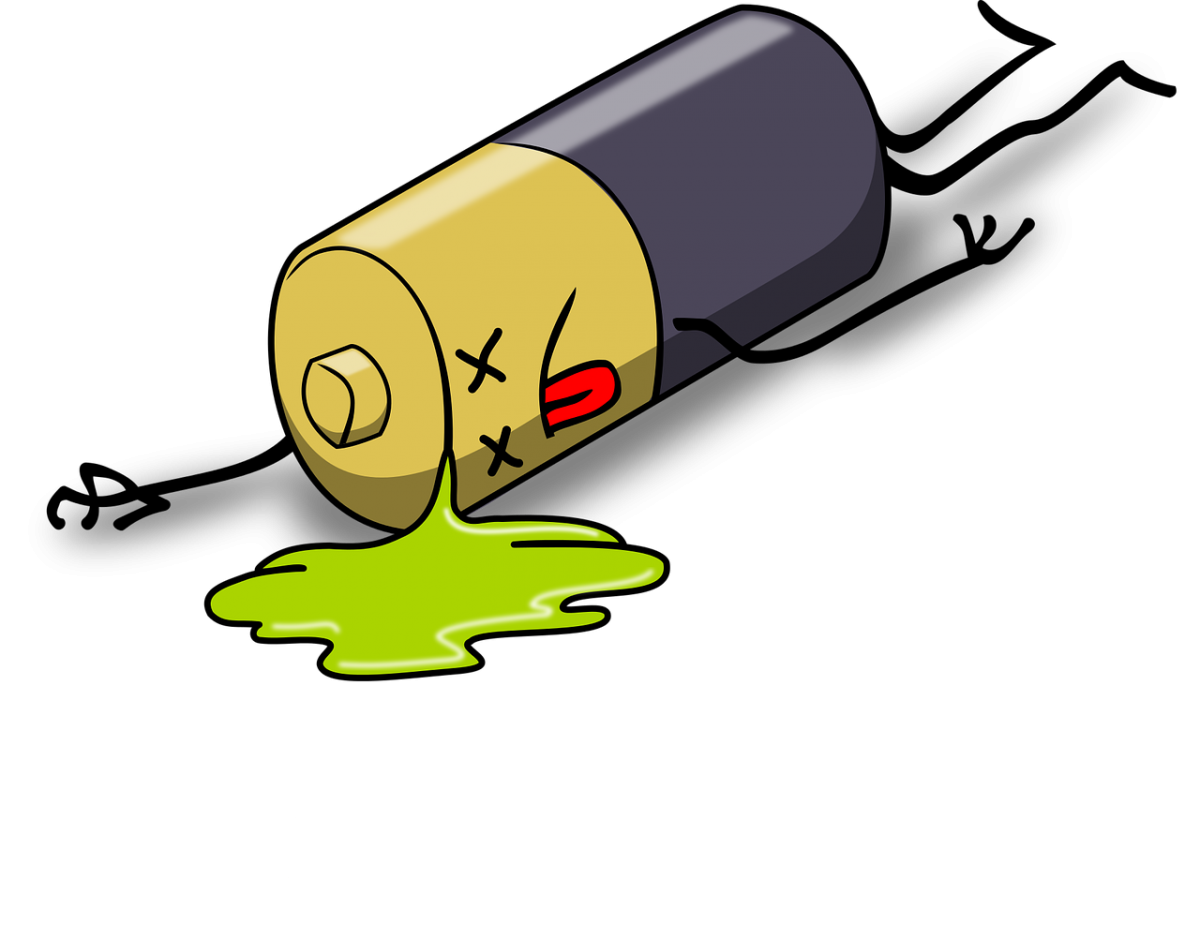It’s the National Battery Day today. I’m sure many of you are tired of hearing about national days at this stage. However, the National Battery Day is not a random date dedicated to batteries. It coincides with Alessandro Volta’s birthday (18th February 1745).
Who was Alessandro Volta?
Alessandro Volta was a physicist & chemist. He invented the ‘voltaic pile’ in 1799 (Fun fact#1 to impress your friends: the battery is called ‘le pile’ in French, and ‘la pila’ in Italian). The voltaic pile, essentially the first battery, was also the first evidence that electricity could be chemically generated and stored (it provided a steady electric current), giving rise to the development of the field of electrochemistry. (Fun fact#2: until then, it was widely believed that only living organisms could produce electricity).
The first battery consisted of two electrodes; one made of zinc, and one made of copper, while the electrolyte was sulphuric acid mixed with water or saltwater brine. To honour this scientist & inventor, the SI unit of electric potential was named ‘volt’.
Due to the early work of our experimental physicist, Alessandro Volta, in the University of Pavia, and the dedication of a series of other scientists, today we can enjoy the portability of any kind of device: from mobile phones, to smartwatches, and a variety of consumer electronics and recently electric vehicles, too.
The development of Li-ion batteries has been so important to modern civilisation that John B. Goodenough, M. Stanley Whittingham, and Akira Yoshino were awarded the Nobel Prize in Chemistry in 2019. (Fun fact#3: John Goodenough was 96 years old at the time, but the matter of energy conservation had started intriguing him since 1970. Fun fact#4: In the 50s, John Goodenough has also been involved in the development of RAM technology).
What is the current state of affairs?
Despite the obvious significance of Li-ion batteries, this battery technology comes with a crucial pitfall: uncertainty in the supply chain availability. The scarcity of lithium causes inevitable fluctuations in its price. As a result, alternative rechargeable battery technologies are urgently being developed (based on a multitude of other metal ions, the most prevalent of which are calcium, manganese, and aluminium). In order to reduce the dependence on raw material mining, appropriate recycling strategies are being researched so that the most is gotten out of material already available in the form of spent/failed batteries and production scrap. The main challenge with recycling strategies is that there is a gamut of battery chemistries (spanning over some years), designed for different devices that come in different sizes and shapes. This causes issues in the adoption of a universal battery recycling routine. The best approach is considered to be manual dismantling of battery components so that the materials are not downcycled.
Batteries: powerful & delicate
Raw materials do not only affect the battery cost through their commercial price. Insufficient raw material purity comes with ramifications that stem from raw materials processing, not to mention that contamination can be introduced at any stage of materials handling. Battery manufacturers often have to recall battery batches that are likely to fail (that frequently translates into spontaneously catching fire), in most cases because of the presence of contaminants during electrode (cathode) manufacturing.
Electromobility steadily pushes the battery industry towards developing safer batteries which must come with sufficient capacity to compete with conventional ICE vehicles as far as driving range is concerned.
Fun fact#5: Primary batteries are not rechargeable, whereas secondary batteries are. Primary batteries are designed to be used and discarded as the electrochemical reaction occurring in the cells is not reversible (= the battery is not rechargeable).
Fun fact#6: Li-ion batteries do not suffer from the ‘memory effect’ that older rechargeable battery technologies (such as nickel-cadmium) did. This means that Li-ion batteries, don’t suffer from capacity loss if charged before they are “flat” (even though it is advisable to charge batteries at around 20% for better battery life).
Fun fact#7: Li-ion batteries degrade over time because of parasitic reactions that take place when they are used. Inevitably, battery performance diminishes after a specific number of cycles.
Looking forward
Battery technology has come a long way since the time of Alessandro Volta. More than ever, there is incentive to develop new battery technology to meet the needs of modern life; higher capacity and safer batteries.
If you’re a true battery nerd, you can learn more about how Oxford Instruments can help with your battery research here.








